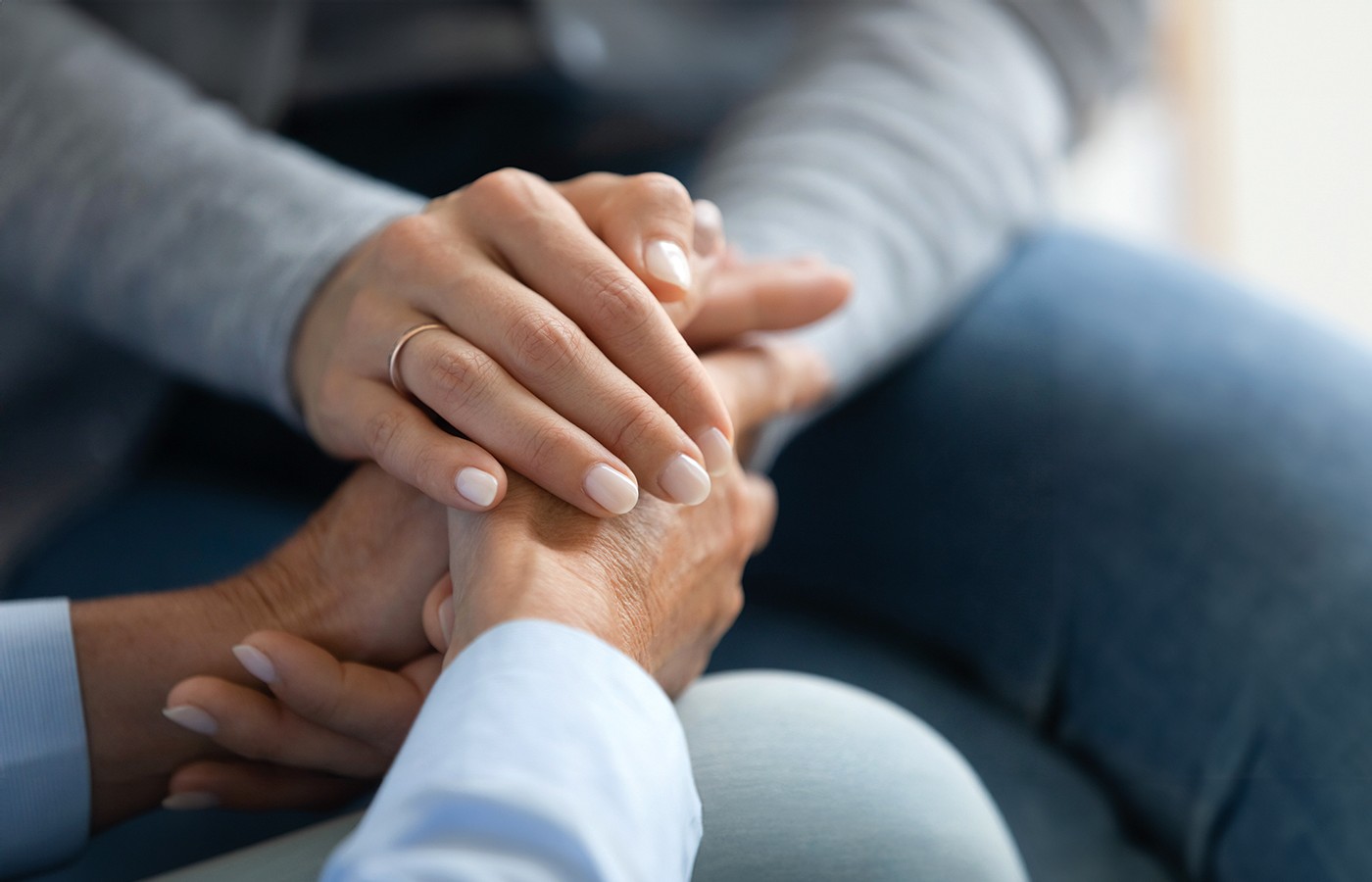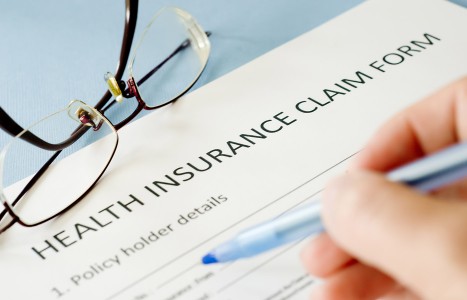When we talk about fertility, the focus is often placed on the ovaries and the uterus. Yet sperm-related factors contribute to nearly half of all cases of infertility. Whether someone is navigating fertility care alone or with a partner, and whether building a family through intercourse, IVI, IUI or IVF, it’s vital to include sperm health in the picture.
Acupuncture in Cancer Care: Safe Practices
- These are the first international, multidisciplinary, peer-reviewed recommendations for the safe practice of acupuncture in integrative oncology.
- They are the result of a two-year collaboration of 15 international experts in integrative oncology and/or acupuncture.
- They should be used by anyone who inserts an acupuncture needle into a person who has been diagnosed [with] cancer; so, they are intended for use by any practitioner using any form of acupuncture.
Editor’s Note: Acupuncture Today interviewed Beverley de Valois, PhD, LAc, lead author of the recently published recommendations for the safe practice of acupuncture in cancer care.1
What is important about these recommendations? These are the first international, multidisciplinary, peer-reviewed recommendations for the safe practice of acupuncture in integrative oncology. They are the result of a two-year collaboration of 15 international experts in integrative oncology and/or acupuncture.
What are the objectives of the recommendations? The recommendations aim to facilitate safe clinical practice. They support, inform, and empower acupuncturists to offer acupuncture as a safe adjunct to routine cancer care by ensuring understanding of the risks, contraindications, and cautions when using acupuncture in a cancer population.
Safety concerns remain a significant barrier to appropriate referral from oncology teams, to use by acupuncturists and to uptake by patients. The authors hope that disseminating trustworthy, accessible recommendations will facilitate informed, confident practice and take-up of acupuncture both inside and outside of oncology health care settings.
Who should use them? They should be used by anyone who inserts an acupuncture needle into a person who has been diagnosed [with] cancer; so, they are intended for use by any practitioner using any form of acupuncture. They are also relevant for any setting where this might happen, from leading-edge integrative oncology centres to acupuncturists working in the community who might only see the occasional cancer patient. The recommendations also provide reassurance and quality assurance for oncology professionals and policy makers not familiar with acupuncture.
Why did you develop the recommendations? Existing guidelines2-3 were out of date and in 2018, Dr. Catherine Zollman, then-medical lead of the U.K. cancer charity Penny Brohn UK, initiated an update. She was in part motivated by the need to counter a growing trend amongst U.K. oncologists to contraindicate acupuncture for people undergoing chemotherapy. Her intention to have those guidelines published and widely disseminated was not realised.
Meanwhile, I was receiving queries from acupuncturists and cancer organisations about safety issues. Aware of Dr. Zollman’s work, I initiated a project in 2022 to develop and widely disseminate updated guidelines. Dr. Zollman, myself, and my colleague Teresa Young (health service researcher in the Research and Development department of the East and North Hertfordshire NHS Trust) formed the core development team.
How did you develop the recommendations? The core team comprehensively updated Dr. Zollman’s 2018 document. This was peer-reviewed by a panel of 12 invited international experts, whose comments were then harmonised by the core team. Following two iterations of this process, the expert panel ratified the document, which was then published.
How was the panel chosen? To ensure depth and breadth of experience, the panel comprised senior acupuncturists with and without experience working in oncology settings, oncologists, physicians and nurses trained in integrative oncology, researchers, academics, and representatives of professional bodies. There is also a patient representative. To support dissemination and uptake of the recommendations, panel members represent national and international integrative oncology associations and major cancer treatment centres in the U.S, Europe, Australia, and the Middle East.
What is the scope of the recommendations? The focus is on acupuncture needling. They also refer to related techniques such as acupressure, moxibustion, and non-penetrative beads or seeds. Chinese herbal medicine is not within the scope of the recommendations.
What do they cover? They aim to be comprehensive, so they start by discussing fundamentals such as registration with a professional body, working as part of a multidisciplinary team, consent, and record keeping. As might be expected, they discuss safety, potential adverse events, and contraindications. Suggestions are made for adapting acupuncture techniques to people with cancer, who may be frail, vulnerable, and/or underweight.
There is also guidance on specific cancer-related conditions, such as cachexia, compromised immune function, infection, and lymphoedema. How to use acupuncture in relation to specific cancer treatment modalities (surgery, radiotherapy, systemic anti-cancer treatments, and hormonal therapies) is also covered.
Clear recommendations are also provided for working with people with or at-risk of neutropenia and thrombocytopenia, depending on whether the acupuncture practitioner has access to blood counts or not. The recommendations also clarify how to work with people on anti-coagulant therapies (useful also when working with non-cancer patients).
What are some of the key features? The table of red and amber flag symptoms clearly identifies situations when acupuncture should not be given and the patient referred immediately for medical assessment or to emergency services (red flags); or when acupuncture may be given, but prompt communication with the medical team is advised (amber flags). We worked extensively with the publisher to ensure these were laid out so they could be printed double-sided as a quick reference guide in clinic.
The recommendations exemplify the definition of evidence-based medicine in that they “integrate the best external evidence with individual clinical expertise and patients’ choice.”4 And as they are published open access, they can be easily accessed at no charge by anyone who wishes to use them.
Where can the recommendations be obtained and when will they be available? They are available now and can be downloaded from https://rdcu.be/dOl8I.
How are you endeavouring to disseminate them? We have been raising awareness through social media, webinars, conference presentations, emails to organisations, and through journal articles like this. Training is also available, and we aim to develop some online modules in the future. Email acusafetycancer@gmail.com for information.
What are the key “take-home messages”? Acupuncture is a safe, non-pharmacological, evidence-informed therapy that can help to manage many uncomfortable consequences of cancer and its treatments. It should be routinely offered as part of the multidisciplinary approach to cancer care. It can safely be administered within and outside of oncology settings, at any stage of the cancer trajectory.
References
- de Valois B, Young T, Zollman C, et al. Acupuncture in cancer care: recommendations for safe practice (peer-reviewed expert opinion). Support Care Cancer, 2024;32(4):229.
- Lu W, Dean-Clower E, Doherty-Gilman A, et al. The value of acupuncture in cancer care. Hematol Oncol Clin North Am, 2008;22(4):631-48, viii.
- Filshie J, Hester J. Guidelines for providing acupuncture treatment for cancer patients - a peer-reviewed sample policy document. Acupunct Med, 2006;24(4):172-82.
- Sackett DL, Rosenberg WM, Gray JA, et al. Evidence based medicine: what it is and what it isn’t. BMJ Open, 1996;312(7023):71-72.



